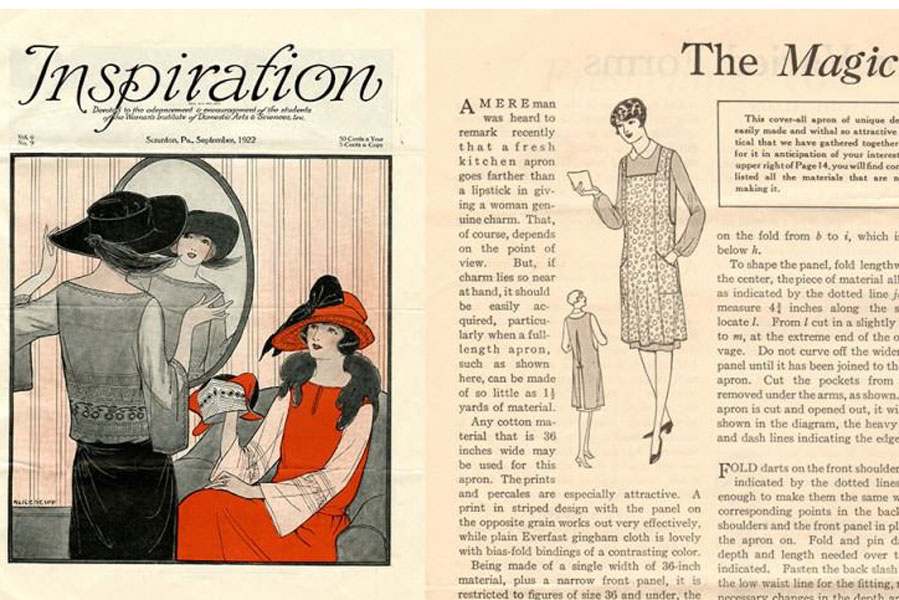Ford Model A Era Fashions (1928-1931)
Fashion, like a chameleon, adapts and changes with the times. A striking example of this transformation is evident during the Ford Model A era, spanning from 1928 to 1931. This period, nestled between two significant decades – the roaring 1920s and the challenging 1930s – was a time of transition and evolution in fashion, influenced by societal changes, economic conditions, and cultural shifts.
From Conservatism to Liberation: Women’s Fashion Evolution
Pre-1920s: The Era of Modesty
Before the 1920s, women’s fashion was a reflection of modesty and conservatism. Garments covered them from neck to toe, and a hat was considered an essential accessory for any outdoor venture. Showing any amount of cleavage was a social taboo, reserved only for women of ill repute.
The 1920s: Flappers and Freedom
The end of World War I ushered in a period of liberation and experimentation in women’s fashion. The iconic flapper style emerged, characterized by looser, straight-line dresses that often hung from the shoulders without a defined waistline. Hemlines rose dramatically, revealing legs below the knee – a bold statement for the era. These dresses, coupled with the shorter, bobbed hairstyles, symbolized a new era of freedom and rebellion against traditional norms.

The 1930s: Form-Fitting Elegance
Moving into the 1930s, while the hemlines remained shorter than pre-1920s standards, the dresses became more form-fitting, particularly around the waist. This shift indicated a return to a more traditional and elegant silhouette, albeit with a modern twist.
Throughout these decades, hats remained a staple accessory. However, their designs became simpler and smaller, more form-fitting to the head. In the absence of a matching hat, women often wore decorative headbands.
 Men’s Fashion: A Subtle Evolution
Men’s Fashion: A Subtle Evolution
Men’s fashion during this era, though less radical than women’s, also underwent noticeable changes. The early part of the century saw men in more formal and structured attire. However, by the late 1920s and early 1930s, men’s fashion began to relax slightly. Suits remained the norm, but they were cut a bit looser and offered more comfort than the previous rigid styles.
Children’s Fashion: Miniature Reflections of Adults
Children’s fashion during the Ford Model A era often mirrored adult fashion. Boys wore miniature suits, similar to their fathers, while girls’ dresses echoed the styles and cuts of their mothers’ attire.
A Mix of Old and New
One critical aspect of fashion during this period was the coexistence of new trends with older styles. Not everyone was quick to embrace the latest fashion statements. Many people, particularly in more conservative or rural areas, continued to wear styles from previous decades. This mix of old and new created a diverse and eclectic fashion landscape.
The Ford Model A era was a time of significant transition in fashion. As the world moved from the aftermath of World War I into the Great Depression, fashion reflected the changing attitudes and circumstances of society. Women embraced newfound freedom and rebellion, while men and children adapted to slightly relaxed but still structured styles. This period, though brief, marked a pivotal point in fashion history, bridging the gap between the conservative past and a more modern future.
In summary, the fashions of the Ford Model A era were not just about the clothes people wore but were a reflection of the societal shifts occurring at the time. They represented a move towards modernity and change, while also holding onto aspects of tradition and familiarity. This era serves as a fascinating case study in how fashion can both influence and be influenced by the world around it.
Wedding Wear 1931 A. The mother of the bride is wearing a gown made of [...]
These new style chemises which were highly decorative, deliberately sensual and often transparent, became the frontrunner of today's fashion slip. They were made of rayon, crepe de Chine or silk picot, so they were smooth, soft to touch and considered to be the height of luxury. From Bikinis, Bell-Bottoms and Little Black Dresses, by Kate Mulvey
A relatively unknown yet highly influential woman in the Model A era was Mary Brooks Picken. Mary transformed millions of women from clothing vendors to seamstresses capable of improving their lives and making money with their sewing machines. Mary published 96 books on sewing, needlework and textile arts.
Compile from Facebook posts by Tom Rock in Henry's Model A Ford Fashion 1928-1931. Spectator [...]







